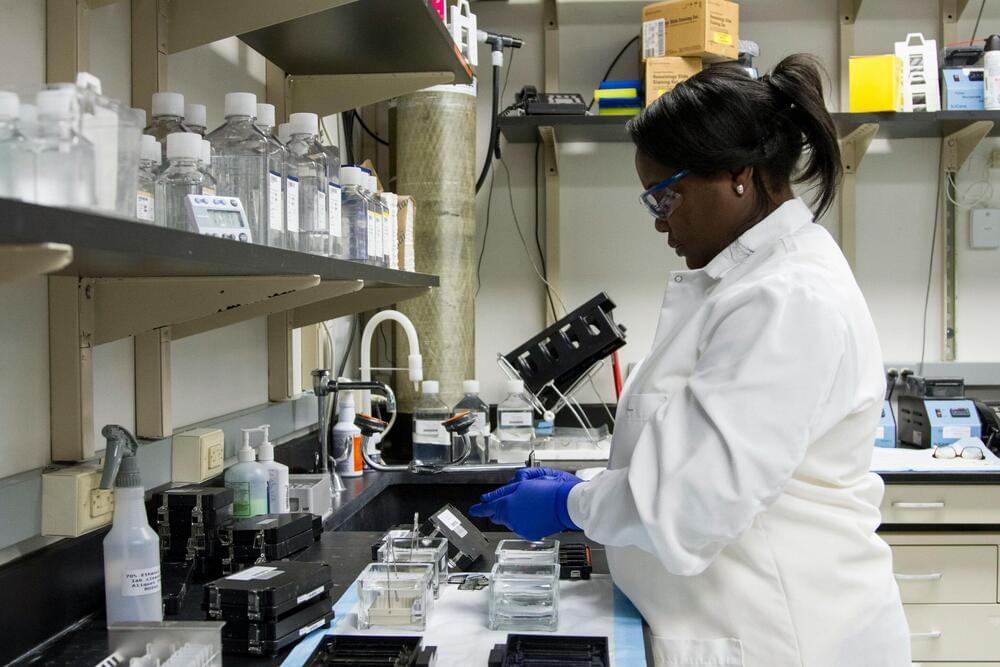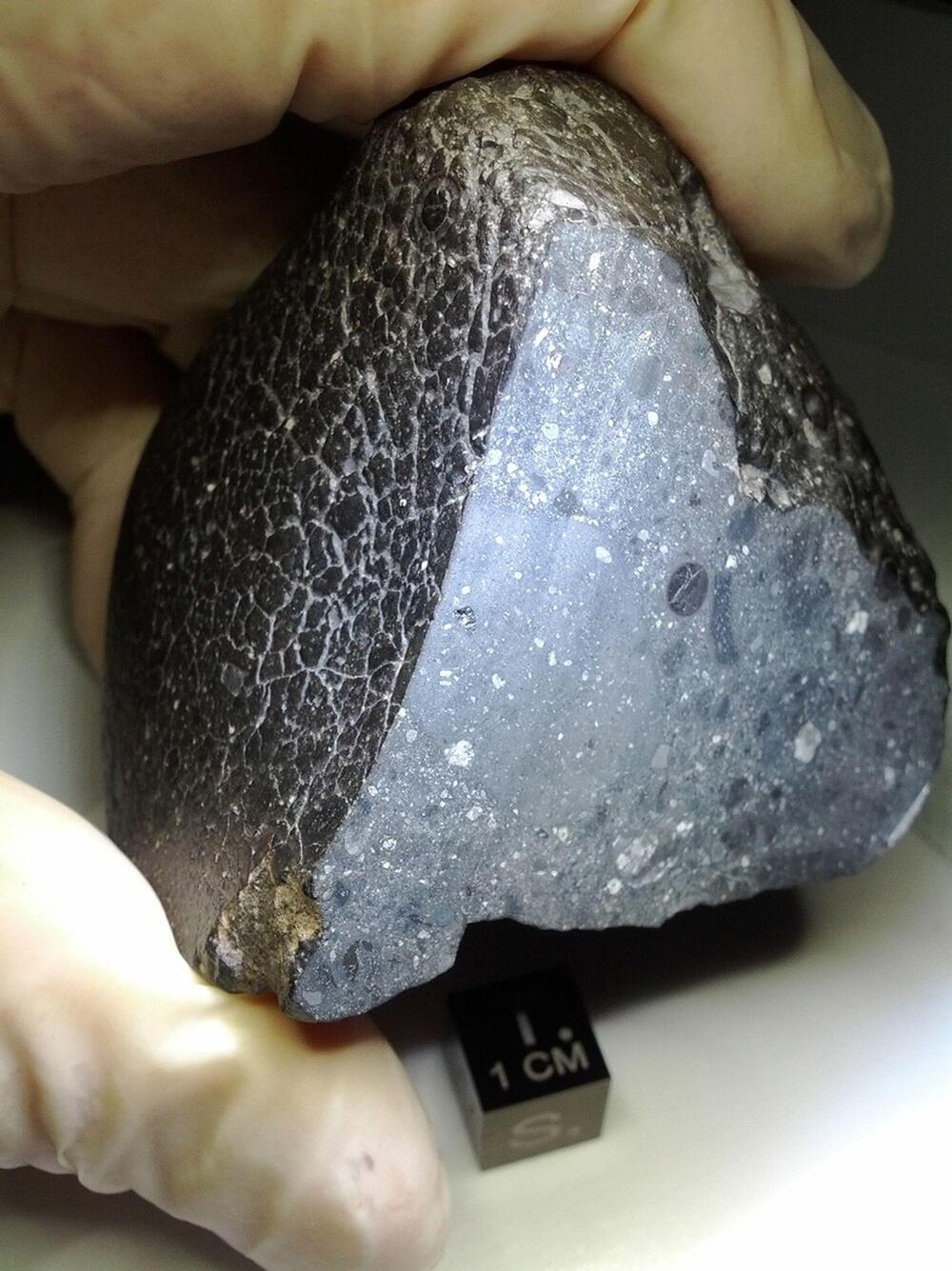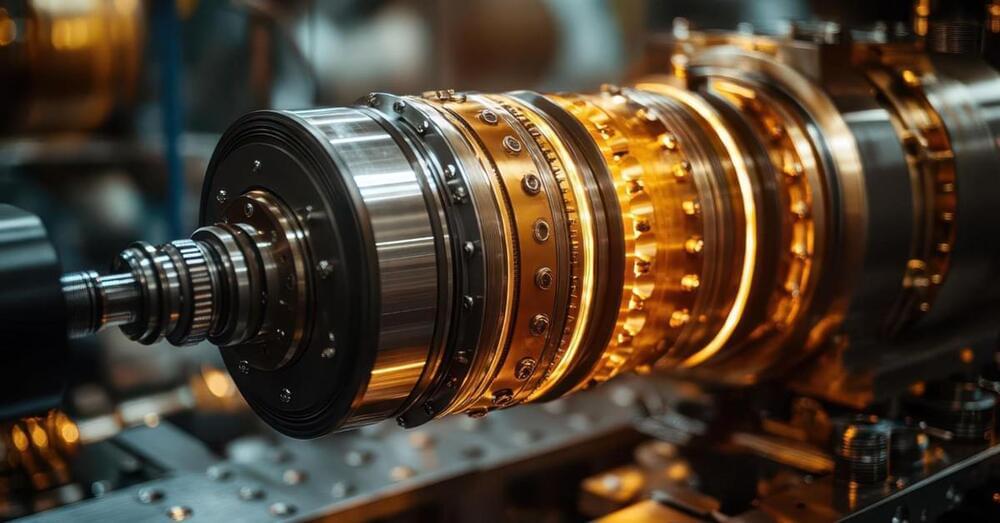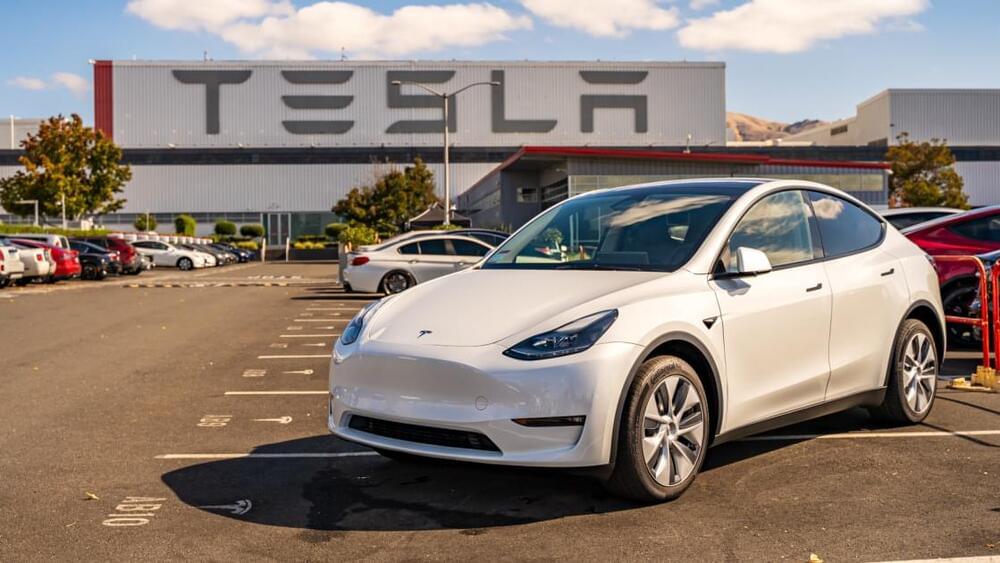Evaluating the speed at which viruses spread and transmit across host populations is critical to mitigating disease outbreaks. A study published December 3 in PLOS Biology by Simon Dellicour at the University of Brussels (ULB), Belgium, and colleagues evaluate the performance of statistics measuring how viruses move across space and time in infected populations.
Genomic sequencing allows epidemiologists to examine the evolutionary history of pathogenic outbreaks and track the spatial movement of an outbreak. However, the sampling intensity of genomic sequences can potentially impact the accuracy of dispersal insights gained through these evolutionary approaches.
In order to assess the impact of the sampling size, researchers simulated the spread of several pathogens to evaluate three dispersal metrics estimated from the analysis of viral genomes: a lineage dispersal velocity (the speed at which lineages spread), a diffusion coefficient (how fast lineages invade space), and an isolation-by-distance signal (how genomic sequences of a population become less similar over geographic distance) metric.







